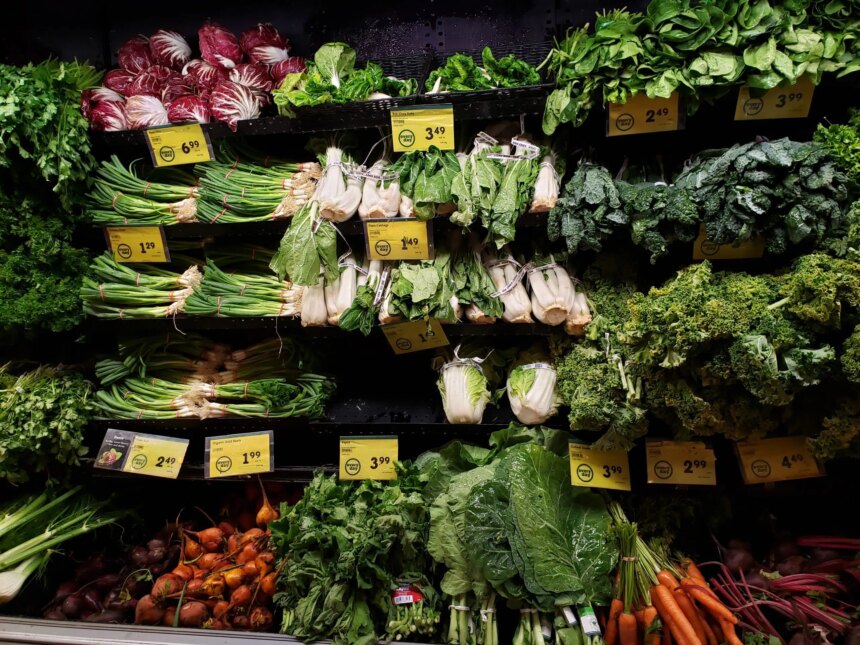As Saskatoon’s food deserts continue to expand, residents in affected neighborhoods face mounting challenges accessing fresh, affordable groceries—a fundamental necessity increasingly out of reach for thousands. The recent closure of the Independent Grocer in Westview marks yet another critical loss in a troubling pattern of retail food outlet reductions across the city’s core and suburban areas.
“What we’re witnessing isn’t simply a business decision—it’s a community health crisis,” explains Dr. Helen Moreau, urban food systems researcher at the University of Saskatchewan. “When neighborhoods lose their grocery stores, we see immediate impacts on nutrition, household budgets, and quality of life, particularly among seniors and those without reliable transportation.”
The Westview closure follows a disturbing trend that has seen major supermarkets retreat from multiple Saskatoon neighborhoods over the past decade. City data indicates that nearly 40,000 residents now live in areas classified as food deserts—urban regions where affordable, nutritious food remains inaccessible without significant travel.
Community development specialists point to a complex web of factors driving this phenomenon. Large grocery chains increasingly favor high-volume locations near major thoroughfares, while rising property values and operational costs make neighborhood-scale stores financially challenging. The resulting gaps disproportionately affect lower-income areas, creating what food justice advocates describe as “nutrition inequality.”
“The economics simply don’t support the traditional grocery model in many neighborhoods,” notes Marcus Henderson, retail analyst with the Prairie Economic Institute. “With profit margins typically below 2% in grocery retail, these businesses require significant volume to remain viable.”
Urban planners view higher residential density as potentially the only viable solution to Saskatoon’s expanding food deserts. Jason Connolly, senior community planner with the city, emphasizes the critical relationship between population density and retail sustainability: “Food retailers need a minimum threshold of customers within walking distance. Without sufficient density, the business model collapses.”
Connolly argues that zoning changes permitting multi-family housing and mid-rise development could create the critical mass necessary to support neighborhood grocers. “Cities like Vancouver and Montreal have demonstrated that mixed-use developments with ground-floor retail can maintain vibrant food landscapes even in challenging economic conditions.”
For residents caught in these expanding food deserts, the consequences extend beyond inconvenience. Recent health surveys show declining fruit and vegetable consumption in affected neighborhoods, with corresponding increases in processed food dependency. Transportation costs further compound the problem, with some households reporting spending an additional $75-100 monthly on transportation to reach distant supermarkets.
Community initiatives have emerged to address immediate needs. The Westview Neighborhood Association has organized weekly volunteer-driven transportation services to distant supermarkets, while the Saskatoon Food Bank has expanded its mobile market program to reach underserved areas. However, these stopgap measures cannot replace permanent retail infrastructure.
Municipal leaders face growing pressure to incorporate food access into broader urban planning objectives. Potential policy responses include tax incentives for grocery retailers in underserved areas, density bonuses for developments incorporating food retail, and public-private partnerships to establish community food hubs.
As Saskatoon continues developing its 25-year growth strategy, the question remains: will ensuring equitable food access finally become a central planning priority, or will thousands of residents continue navigating an increasingly barren food landscape while the city expands outward?










